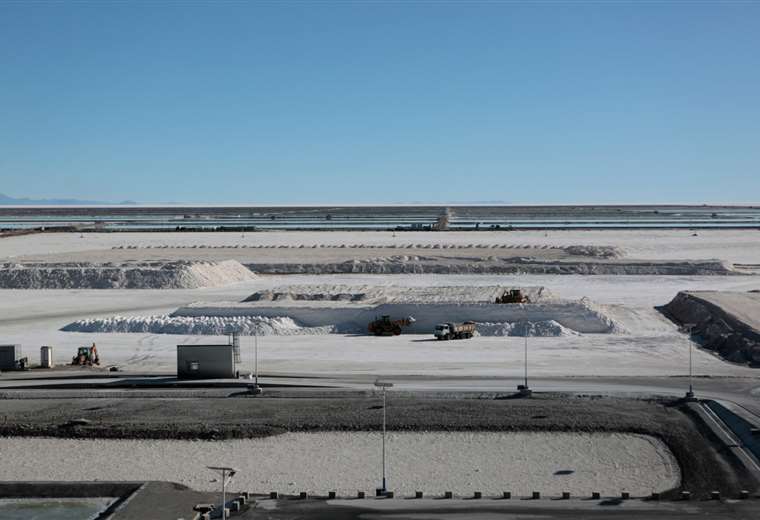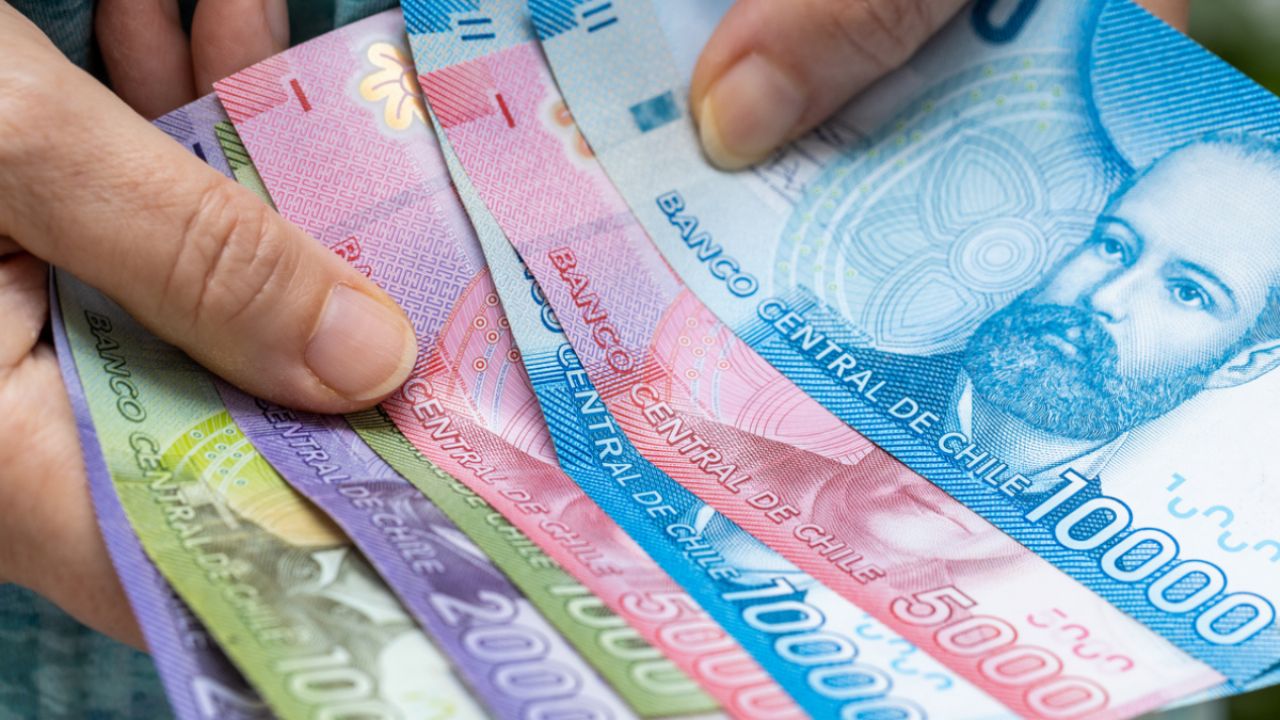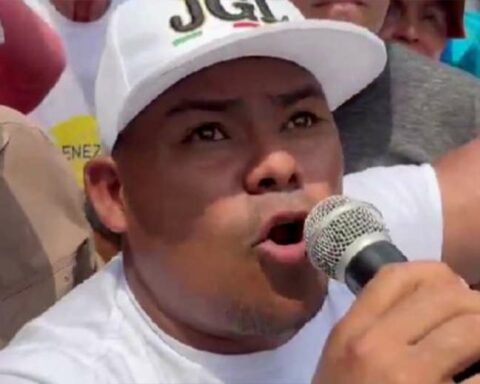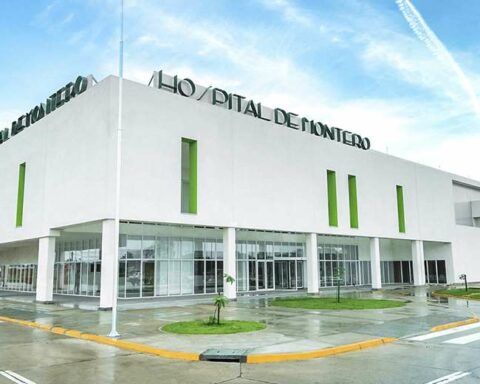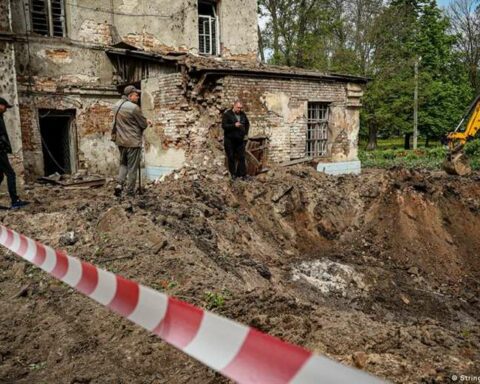April 26, 2024, 7:00 AM
April 26, 2024, 7:00 AM
The scandal over deficiencies in the Lithium Carbonate plant, that the Government of Luis Arce Catacora inherited, from the administration of Evo Morales, has put on the table whether the technology used to extract this metal in 14 years is obsolete or not.
From the outset, The current administration said that it will bet on the Direct Lithium Extraction (EDL) system), a tool that is developed in some salt flats in Catamarca (Argentina) and in Qinghai (China).
Since Evo Morales came to the presidential chair, he proposed to develop the lithium industry through a program that began to be implemented in 2008 and extended until 2019. This initiative required an investment of more than $1 billion in different plants.
But this program was questioned by the current state administration, after several failures in the Lito Carbonate Plant were revealed, which were exposed in a report of more than 4,000 pages.
This complex has 18 evaporation pools that, according to the Government, were completely unusable due to failures in their facilities.
Even these deficiencies, according to the Government, generated an economic damage of more than Bs 425 million and generated a delay of 12 years in this project.
What is the evaporation system?
This is the traditional process of extracting lithium from brine through evaporation ponds (or pools).
In this system this brine is pumped to the surface of the deposit to be evaporated, and each time it is transferred to a new pond a higher purity is achieved until the lithium can be fully extracted and processed.
A specialist consulted by EL DEBER, who asked not to be quoted, explained that 95% of the production of the Salt Flats of Argentina and Chile use this technology.
“The system that is used in all the large salt flats like Hombre Muerto, in Atacama, uses the traditional system that removes 45,000 and up to 50,000 tons per year“, said.
According to this source, the EDL system is still in the pilot phase and does not generate commercial quantities. Why have they discarded the pools if it is what I have already tried for something that is still experimental? That is the question that the Government has to answer, he assured.
Former ministers of the Government of former President Evo Morales defended this system and accused the current administration of neglecting the carbonate plant and of not continuing it.
What is the EDL system, which contributes to 12% of global production?
The first defender of the change in technology is the current Minister of Hydrocarbons, Franklin Molina. He maintains that direct extraction saves time and generates less impact on the environment.
“EDL or Direct Lithium Extraction is a project that is advancing. “We are working consciously,” he stated.
The minister explained that Direct Lithium Extraction is a technology that, unlike traditional technology, in some cases, “more than triples production levels,” in the shortest time, even hours.
He said that the company Yacimientos de Litio Bolivianos (YLB), began signing “interesting agreements” since 2022 with foreign companies for the location of pilot and industrial plants, with EDL technology, in the country’s salt flats.
According to a publication by the consulting firm Jade Cove Partners, based in San Francisco, California, the direct lithium extraction system in 2019 contributed up to 12% of global lithium production.
This article argues that there are projects from Catamarca (Argentina) to Qinghai (China) demonstrating that EDL technologies are produced in commercial quantities.
For example, in Catamarca (Argentina) Minera del Altiplano SA (Livent Corporation) produces 20,000 tons of lithium; through direct extraction it has used this system since 1990.
Qinghai Salt Lake Industry Co. Ltd (QSLI) owner of the largest and best-known lithium project in Qinghai (China), with an extraction of 15,000 tons of lithium with this system.

